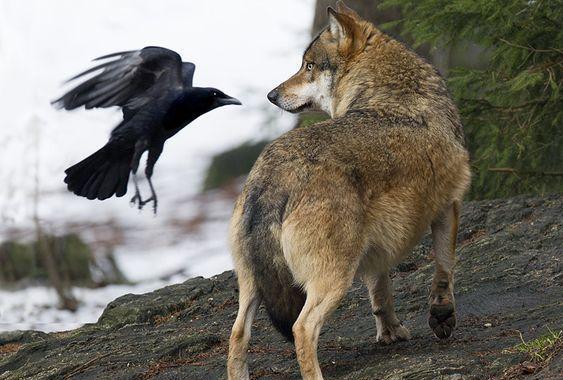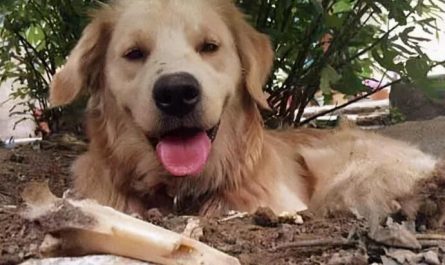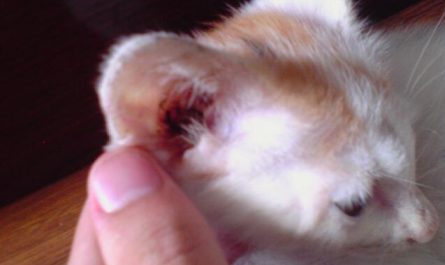Reason for not eradicating wolves
No matter in poems or stories, the wolf is actually a bad thing people hate. Adults and children hate this animal very much, and they can’t wait to wipe it out to relieve the hatred. Actually otherwise, let me explain the truth to you. The wolf is a carnivore. It looks the size of a dog and looks very similar to a dog. The ears of the wolf are erect, and the ears of the dog are drooping; the tail of the wolf is drooping, and the tail of the dog is curled up.
In addition, the wolf’s mouth is pointed and wide, and its eyes are slanted. The hair on its body is mostly yellow-grey-colored animal curls. It has five fingers on its forelimbs and four toes on its hind limbs. It is not afraid of cold and heat. It is used to come out at night to find food. It eats small animals, sometimes stealing poultry and livestock such as chickens, lambs, rabbits, pigs, etc. at farmers’ homes, and sometimes even snatching children away. Therefore, when speaking of wolves, everyone hates them. In people’s minds, wolves are cunning and very bad animals. I really want to wipe out all wolves. Wolves also know that they are hateful. Therefore, they are very alert and always move in groups. When they encounter people or other animals, they immediately attack fiercely. At the same time, they make strange noises: howls. This is a signal to its companions. Hearing a wolf howling, wolves from all directions came to help. In a short while, hundreds of wolves will be integrated. They encircled people and animals and launched a fierce attack together. But wolves have a characteristic. They are afraid of fire. If people want to meet a wolf pack, they can light a fire and raise a torch, and the wolf pack will quickly run away without a trace. However, wolves are also good for humans. The fur of wolves is thick and warm, and can be used as leather clothing. The meat of the wolf is edible. Wolf oil can be used in traditional Chinese medicine. You can also keep them in the zoo for people to watch.
Wolves can eat some beasts that destroy forests and grasslands, they can eat rabbits that destroy crops, and sometimes they can act as guardians of nature. So you can’t kill all the wolves, but you must keep some properly to keep the balance of nature.
Life habits of wolves
Gray wolves were once all over North America, but North America can only see them in the tundra and forests of Alaska, Minnesota and British Columbia, Great Plains and other places.
The Mongolian grasslands in China used to be inhabited by large tracts of prairie wolves in the early years, but because of the “suppression of wolves” many years ago, most of them have now moved to outer Mongolia.
Wolves mainly prey on medium and large mammals. Studies have shown that wolves play a key role in controlling the local ecological balance and their natural enemies are mainly humans.
The living environment of wolves is not optimistic. Because of people’s deep-rooted prejudice against wolves, the life of wolves has been very difficult, hiding in Tibet, they are still inevitably hunted and hunted. In our country, there were wild wolves in any province before 1940. By the 21st century, except for a few provinces and autonomous regions in the Northeast, Northwest and North China, there were no wolves in other regions. Experts estimate that the total number of wild wolves in our country is only a few thousand. If this continues, we can only see wolves in the zoo. Wolves are extremely social species.
At the same time, the wolves also have an extremely strict hierarchy. The number of wolves in a pack of wolves is normally around 7, the so-called seven wolves, and some wolves have reached more than 30. Usually, family wolves are led by a pair of dominant pairs, while those with brothers and sisters are the strongest. A wolf is the leader. Wolves have a territorial nature and are usually within their range of activity. If the number of individuals in the group increases, the scope of the area will shrink.
The areas of wolves do not overlap, and they will announce their ranges to other groups with a howling sound. After the young wolves grow up, they will stay in the group to take care of their younger siblings, or they may inherit the dominant position in the group, and some will migrate out (mostly male wolves). The wolf pack is dominated by family members, and the number of members is between 2 and 37. Because of the extremely strict hierarchy and domain range, it is impossible for the wolf pack to cooperate with other wolves, nor will it appear in the novel. A pack of wolves consisting of a hundred wolves.
Wild wolves can generally live for 12-16 years, and some wolves raised in captivity can live for about 20 years. The running speed is extremely fast, up to about 55 kilometers. The endurance of wolves is also very good, they have the ability to run 20 kilometers at a speed of 60 km / h. IQ is highly developed and can communicate through smells, calls, and body movements. The wolf is a carnivorous animal that mainly eats meat, and it is a critical section in the biological chain. However, although wolves feed mainly on meat, sometimes wolves will eat some small berries to relieve their greed.
body language
Generally dominant wolf: The head wolf will stand tall, with straight legs, firm expression, and ears straight forward.
Often the tail will be raised with a slight upward curl. This kind of action shows that a wolf with a high level of dominance may have been staring at a wolf with a low status.
Active: When playing, the wolf will lower its whole body, pull its lips and ears to the sides, and sometimes lick or quickly stick out its tongue.
Anger: An angry wolf’s ears will stick out flat, its back hair will stand up, its lips will be wrinkled, its front teeth will be exposed, its tail will be flat, and sometimes it will bow or growl.
Fear: When scared, the wolf will try to make its body smaller and less conspicuous, or arch its back to defend and retract its tail to expose the most vulnerable parts.
Obedience: The body is curled up, the tail is clamped on both sides of the hip, and the head is buried in the arms to show surrender.
Growth and reproduction
The wolves start mating from February to April each year, and the gestation period of wolves is about 63 days. Low-altitude wolves mate in February, and high-altitude wolves mate in April. The little wolf opened his eyes about a week, was weaned after five weeks, and was taken to the gathering place in eight weeks.
Wolves live in groups, and males and females are divided into different levels. The dominant male and female wolves can reproduce as they please, while individuals in low status cannot choose freely. But wolves tend to have a single mate. As long as the spouse is still there, most wolves will stay with each other for life. If the wolf’s spouse dies, it will quickly rebuild a new spouse. The female wolf gave birth in an underground cave. After a 63-day pregnancy period, the female wolf gave birth to three to nine coyotes, and some gave birth to a dozen. Little wolves who are not capable of self-defense have to live in the cave for a while, and the male wolf is responsible for hunting for food. The coyote milk period lasts about five or six weeks, but you can eat some minced meat for one and a half months. Little wolves as young as three or four months old can go hunting with their parents. After half a year, the little wolf learned to find food by himself. The life span of a wolf is about twelve to fourteen years. The little wolves that grow up in the group are not only cared for by their parents, but other members of the group will also take good care of the wolf cubs. Wolves and African coyotes will bite the killed prey into pieces and eat them in their abdomen. When they return to the coyote, they will regurgitate food to feed back. The male wolf will not regurgitate food for the young wolf, but will take it from the hunt. Back to food. Female wolves sometimes build a “nursery” in the group, where the little wolves are raised together, and the female wolves take turns to raise the little wolves without complaint. It can be seen from these aspects that the family of she-wolves has a strong sense of ethnicity.
The status of wolf population
Activities in the provinces of North China, Central China, and South China are only in mountainous environments and are not suitable for human development. The distribution of wolves in Heilongjiang, Jilin, Liaoning and other provinces is also limited to mountainous areas. Wolves are the most widely distributed in the order Carnivora. Even in all mammals, their distribution range is only smaller than that of humans and a few other rodents. They are found in parts of the northern hemisphere, including grasslands, tundra, coniferous and deciduous forests, swamps and deserts. But behind this, the actual situation faced by gray wolves is: in most regions, their global population is less than 10,000.
There are no traces of wolves in most areas of the United States except for the northern states (because ecologists’ studies have shown that wolves are irreplaceable in the ecosystem, wolves are being reintroduced in many parts of the United States). The wolf pack was extinct in 1960, as did most of Asia. The situation in Europe is the worst. Except for a small number of wolves in Spain, Italy, Poland, Greece, and Turkey, almost all of them have become extinct.
cause of death
Most of the deaths of adult wolves are caused by hunting and poaching, disease and trauma. Although adult wolves are occasionally killed by competitors or prey, their most dangerous non-human enemy is the wolf itself.
The results of the study of wolf mortality show that 14% to 65% of wolf deaths are due to attacks by other wolves.
In addition, wolves are infected by domestic dogs, such as rabies, parvovirus, and canine distemper.






